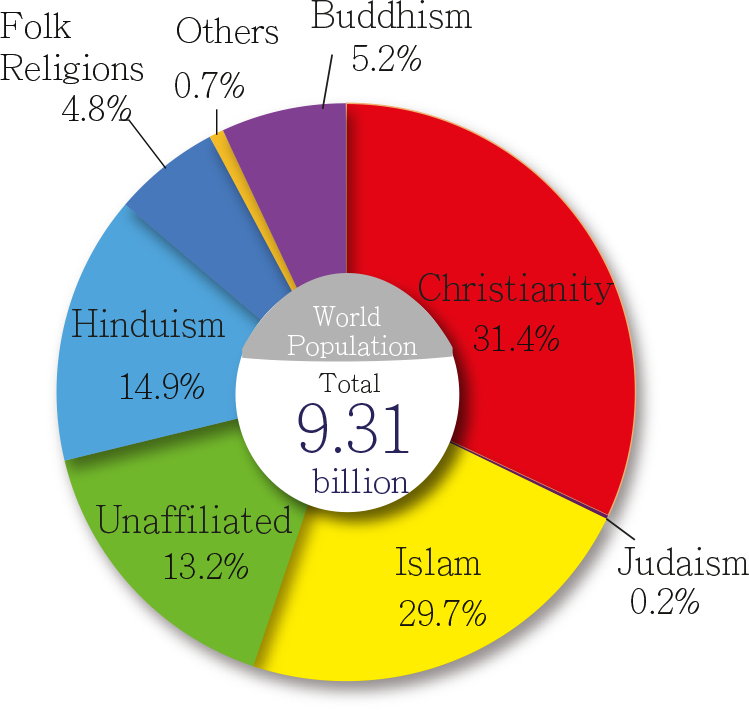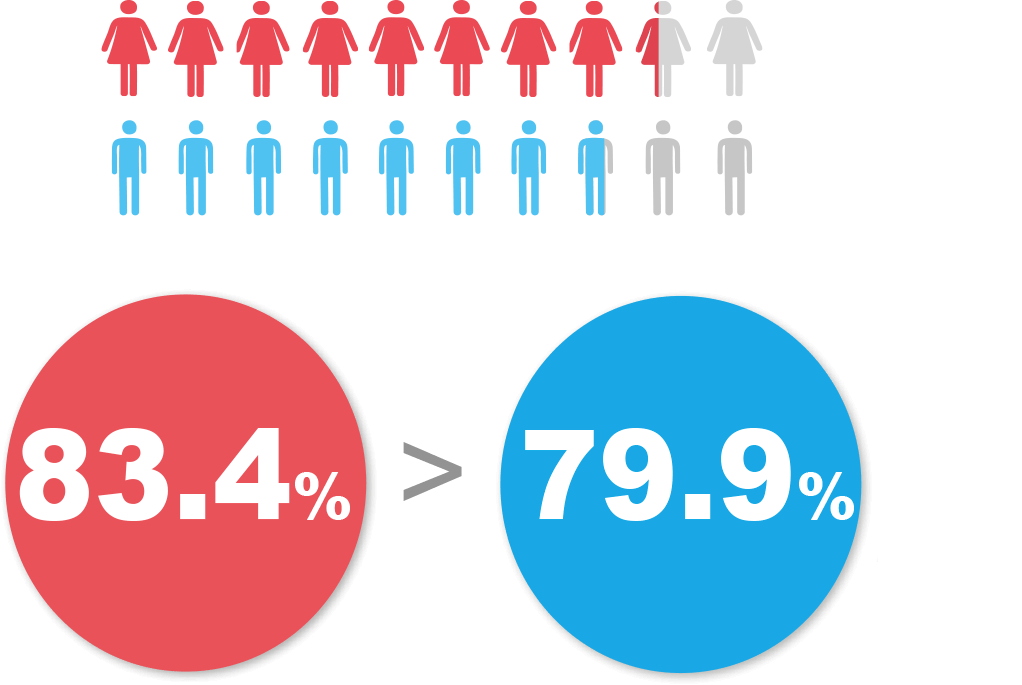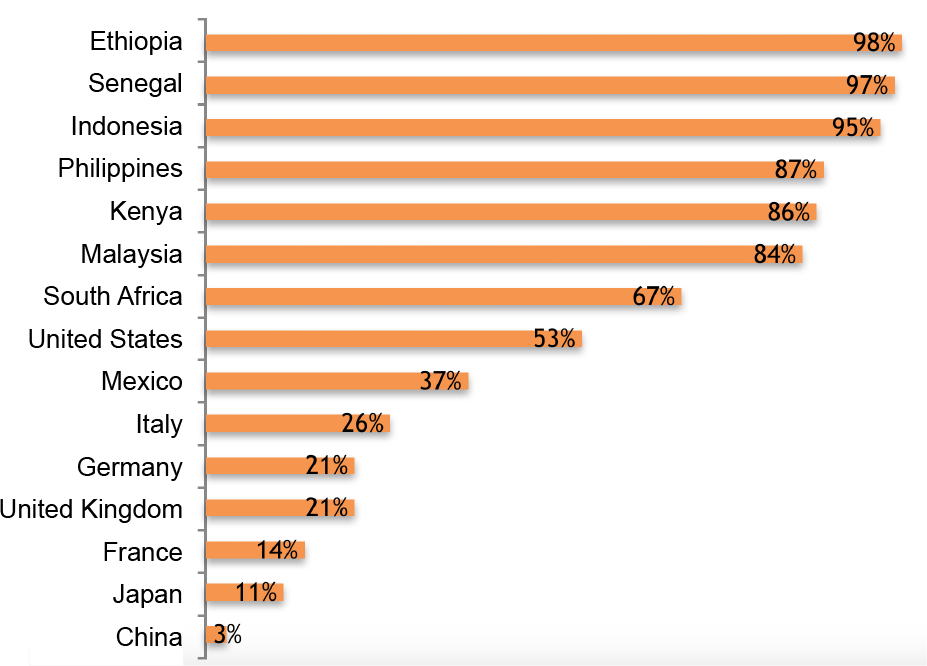For example, we should not touch the top of a person's head in Thailand. According to Buddhism, touching one's head is a sign of an elderly person's approval of the younger generation. Only the elderly can touch the head of a young child.
Also it is inappropriate to schedule a meeting with Jews on Friday nights because they usually attend religious activities during that period of time. (The Sabbath starts at dusk on Friday)
 HOME
HOME


































 Distribution of Major Religions
Distribution of Major Religions



 Religion in Daily Life
Religion in Daily Life













